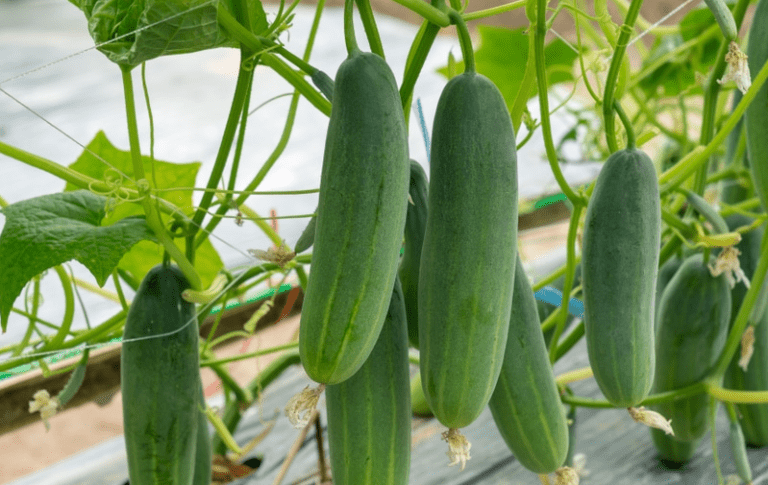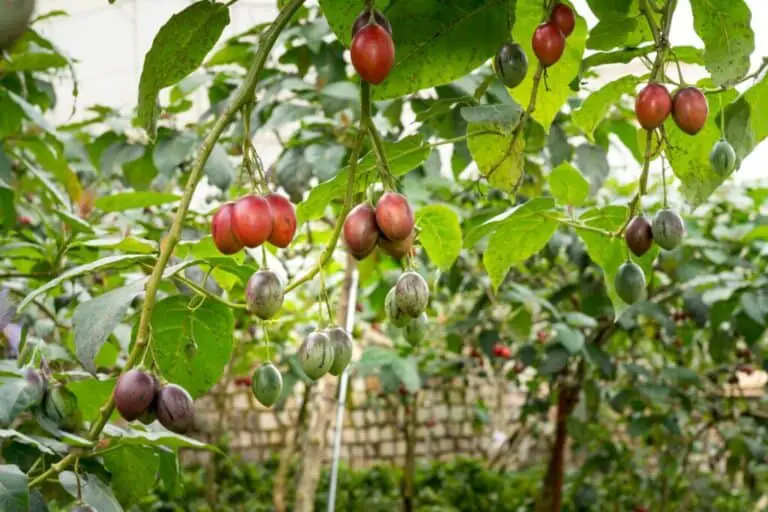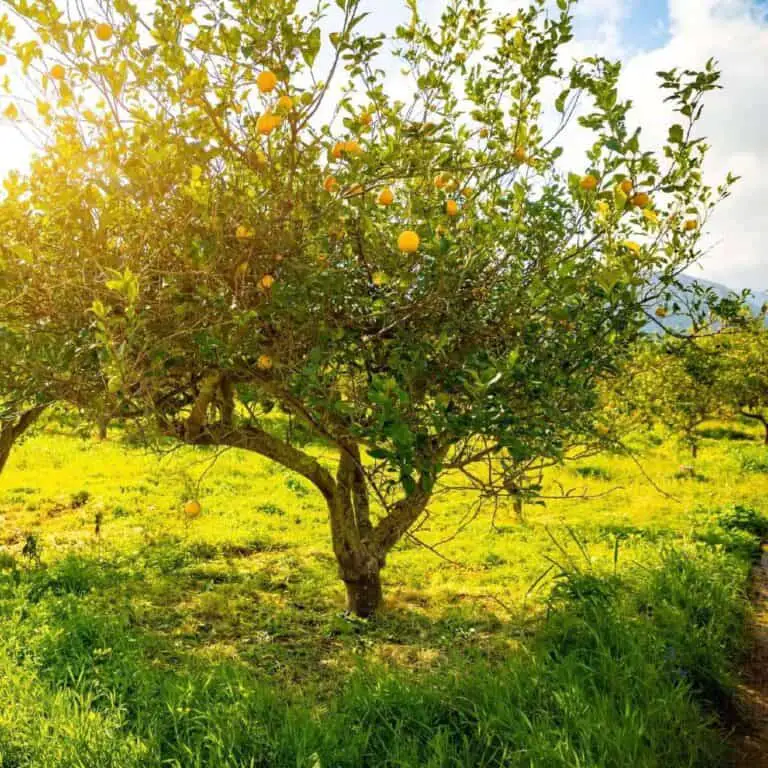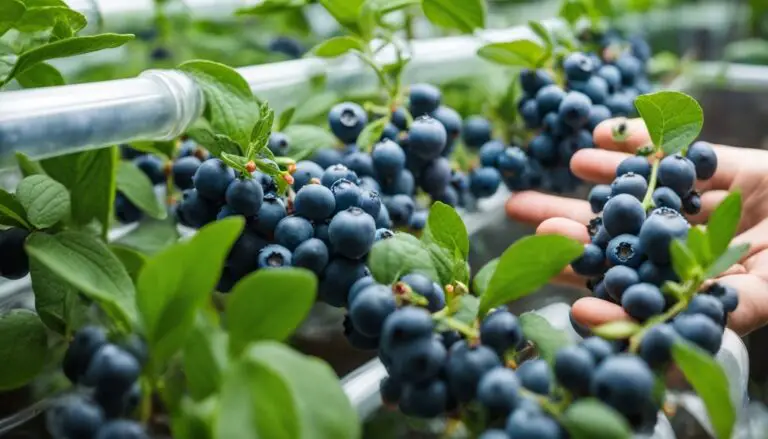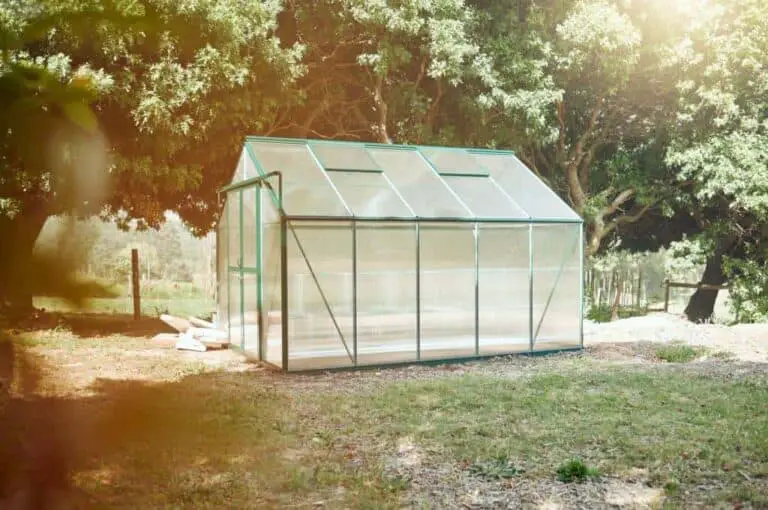Are Jalapenos Self Pollinating? How to Hand-Pollinate Jalapenos Plant
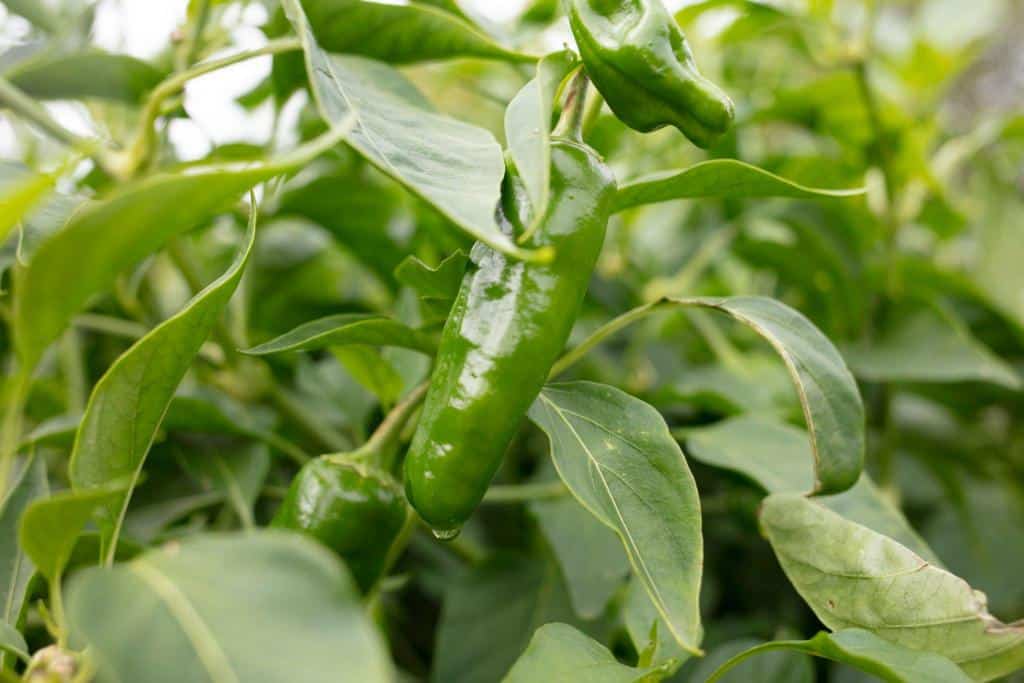
From sizzling Mexican dishes to mouth-watering spicy condiments, jalapeno peppers have long been a beloved staple in our kitchens. But have you ever wondered how these fiery little fruits come into existence? The answer lies in the fascinating process of pollination.
Understanding the pollination process not only deepens our appreciation for nature’s intricate work but also empowers us to ensure a bountiful harvest of jalapenos in our own gardens.
Join me on this flavorful exploration as we unravel the mysteries behind jalapeno plant reproduction. We’ll chat about the intricate dance of jalapeno flowers, the secrets of self-pollination, and the empowering skill of hand-pollination.
Whether you’re a seasoned gardener or just getting started, this guide, written in simple terms, is your passport to a thriving jalapeno garden.
Get ready to turn up the heat and cultivate your jalapeno haven with a touch of hands-on horticulture magic!
Are Jalapenos Self Pollinating?
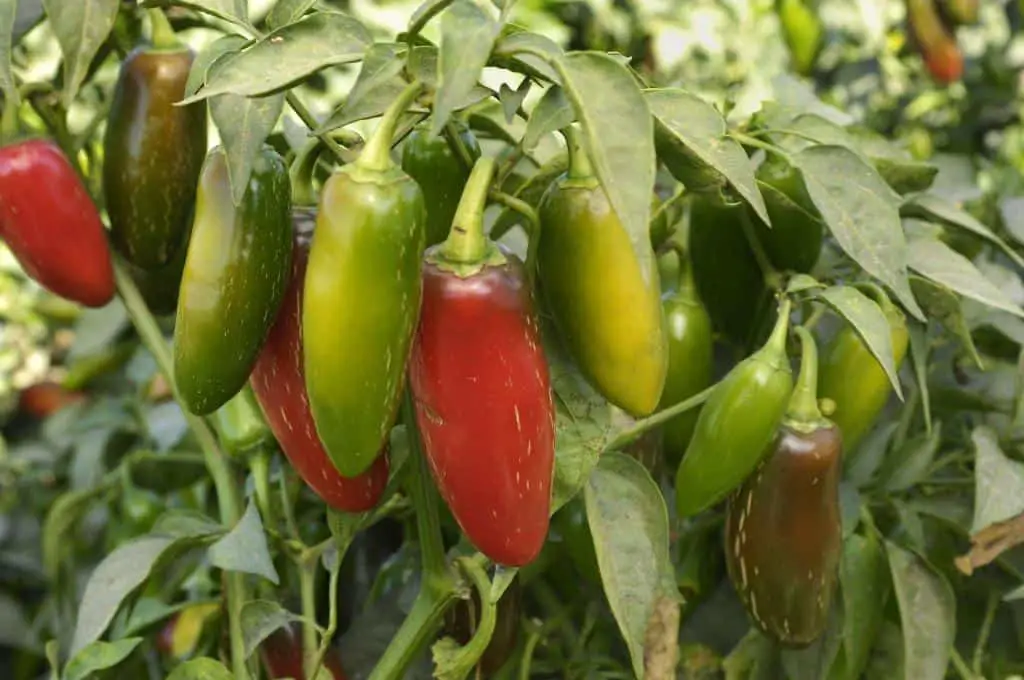
Jalapeno plants (Capsicum annuum) belong to the Solanaceae family, and like many other peppers, they rely on proper pollination for fruit production. While some plant species are self-pollinating, meaning they can reproduce without external assistance, others require help from insects or wind to transfer pollen from male flowers to female flowers. So where do jalapenos fall on this spectrum?
Intriguingly, jalapeno plants are not completely self-pollinating like tomatoes or beans. They possess both male and female flower parts within each blossom. They still need outside intervention for successful fertilization and fruit formation.
This is where diligent gardeners can step in as matchmakers between the tiny blooms of their precious pepper plants; hand-pollination techniques enable them to mimic natural pollinators and improve yield potential significantly.
So let us dive right into understanding the art of hand-pollinating jalapeno plants—an art that promises a more abundant supply of these zesty delights straight from your backyard!
Understanding Self-Pollination in Plants
When it comes to the pollination process, plants can fall into two categories: self-pollinating or cross-pollinating. Self-pollination occurs when a plant’s flowers are able to fertilize themselves without external assistance.
This means that the pollen from the male parts of the flower (the anthers) is transferred directly to the female part of the flower (the stigma), leading to successful fertilization and fruit production.
In the case of jalapeno plants, they are categorized as self-pollinating plants. Each jalapeno flower contains both male and female reproductive organs, making them capable of pollinating themselves. However, gardeners can still use hand-pollination techniques to guarantee the best fruit set and quality, despite this innate ability for self-fertilization.
Are Jalapenos Self-Pollinating?
Many gardeners wonder whether jalapenos are self-pollinating plants. The answer to this question is both yes and no. While jalapeno plants have the ability to self-pollinate, they still benefit from cross-pollination by insects or manual pollination techniques.
Jalapeno flowers possess both male and female reproductive organs, making them capable of self-fertilization. However, this self-pollination process has some limitations that can affect fruit production. A flower may not produce as many high-quality fruits when pollinated naturally by its own pollen as it does when pollinated through cross-pollination.
This is because cross-pollination introduces genetic diversity that can lead to healthier and more robust pepper yields.
To ensure optimal fruit production, many gardeners choose to supplement natural pollination with hand-pollination techniques or encourage insect activity in their gardens. These methods help promote better fertilization and increase the chances of obtaining healthy peppers with desirable traits.
The Importance of Hand-Pollination for Enhanced Fruit Production
While jalapenos are generally considered to be self-pollinating plants, there are several reasons why hand-pollination may be necessary to ensure enhanced fruit production.
One reason is environmental factors that can hinder natural pollination, such as high temperatures or humidity levels. These conditions can affect the movement of pollen and reduce successful fertilization in the plant’s flowers. By hand-pollinating, gardeners have control over ensuring that each flower receives an adequate amount of pollen, despite these external factors.
Another reason for resorting to hand-pollination is to overcome limitations in the population density of plants. Jalapeno plants grown commercially or even in home gardens might not have enough vegetation nearby to attract sufficient bee activity and ensure efficient pollination. In such cases, manually transferring pollen from one flower to another becomes essential for a consistent fruit set.
Additionally, selective breeding efforts often require controlled pollination methods. Gardeners who aim to develop new jalapeno varieties or maintain specific traits may need to manually isolate flowers and cross-pollinate them with desired parent plants. This process allows them to preserve genetic diversity or create unique hybrids.
Step-By-Step Guide on How to Hand-Pollinate Jalapeno Plants
To perform hand-pollination on your jalapeno plants, start by identifying fully opened flowers that are ready for pollination. Gently remove a mature stamen from a flower—these are typically covered in yellow pollen—then transfer it carefully onto another open flower’s stigma within your plant’s growing space.
Repeat this process with multiple flowers throughout your jalapeno plant to help ensure better cross-fertilization and increased fruit yield.
Step 1. Identification of male and female flowers
The first step in hand-pollinating your jalapeno plants is to identify the male and female flowers. Male flowers typically emerge earlier than female flowers, and they are distinguishable by their slender, straight stems without any swelling at the base. They also have a long stamen, which contains the pollen-producing anthers.
Female flowers, on the other hand, have a small swelling at their base, which will eventually develop into the pepper fruit if pollinated successfully.
Step 2. Selecting appropriate tools for hand-pollination
To successfully perform hand-pollination, it is essential to select the right tools. A fine-tipped paintbrush or cotton swab is commonly used for transferring pollen from male to female flowers. These tools allow for precise control over pollination and minimize any potential damage to delicate flower parts.
Step 3. Techniques for transferring pollen from male to female flowers:
When performing hand-pollination on jalapenos, do so early in the morning when both male and female blooms are open. Gently dab your brush or swab onto several mature anthers of a fully open male flower to collect as much fresh pollen as possible. Then carefully transfer this collected pollen onto one or more receptive stigmas present inside a fully open female flower.
Hand pollination ensures proper fertilization takes place even when natural pollinators might not be abundant in your garden area, resulting in increased fruit production for you!
Tips for Successful Hand-Pollination and Maximizing Fruit Yield

Hand-pollination can be a valuable technique to ensure a fruitful harvest when it comes to jalapeno plants. By taking matters into your own hands, quite literally, you can maximize fruit yield and boost the chances of successful pollination. Here are some tips to help you successfully hand-pollinate your jalapeno plants.
1. Timing is key: To increase the likelihood of successful pollination, it’s crucial to perform hand-pollination during the flowering stage, when blossoms are fully open and receptive to pollen transfer. Regularly monitor your plants for signs of blooming so that you can intervene at the right time.
2. Don’t shy away from using gentle force: Since jalapenos have flowers with both male (stamens) and female (pistils) reproductive organs, transferring pollen from one flower to another is necessary for fruit development. Gently tapping or shaking the plant’s branches can stimulate natural pollination by releasing pollen grains onto nearby blossoms.
3. Get up close and personal: For controlled hand-pollination, use a fine paintbrush or cotton swab to manually transfer pollen between flowers on each plant in order to ensure thorough coverage. Take care not to damage any delicate structures while doing so, as this could impede future growth.
Remember that even though jalapenos do have some self-pollinating capability due to their flowers’ structural design, outside factors may hinder natural pollination efforts. Factors such as limited insect activity or extreme weather conditions can lead growers towards more proactive approaches like hand-pollinating for optimal results.
Can We Save Seeds From Self-Pollinated Jalapenos for Future Planting?
Certainly! Let’s dive into the world of jalapeno seed saving. When it comes to self-pollinated jalapenos, you’re in luck; saving seeds is a straightforward process. Simply follow these steps for a successful harvest:
- Harvesting Self-Pollinated Jalapeno Seeds
To start, pick mature jalapenos from your healthiest plants. Choose fruits that exhibit ideal characteristics, such as size, color, and overall quality. This ensures you’re saving seeds from the strongest and most desirable jalapenos.
- Seed Extraction Process
Extracting seeds from self-pollinated jalapenos involves a gentle approach. Cut the jalapeno in half and carefully remove the seeds. Be cautious not to damage them during the extraction process. A spoon or your fingers can be effective tools for this delicate task.
- Drying and Storage
Once you’ve collected the seeds, spread them out on a paper towel or a plate to air dry for a week. Ensure they are kept in a cool, dry place during this period. Once dry, store the seeds in a labeled envelope or container, ready for the next planting season.
- Considerations for Genetic Diversity
While saving seeds from self-pollinated jalapenos is viable, it’s essential to note that genetic diversity contributes to a resilient crop. Introducing seeds from different plants or allowing some cross-pollination can enhance the overall health of your jalapeno garden. Choose the approach that aligns with your gardening goals for a flourishing and diverse jalapeno harvest.
In Conclusion
Understanding the nuances of each type of pepper’s specific requirements for successful pollination ensures that gardeners can maximize their fruiting potential and enjoy a bountiful harvest year after year, regardless of whether their chosen variety falls under the hybrid or heirloom categories. By implementing hand-pollination techniques, gardeners can take control of the pollination process and ensure a higher success rate in fruit set and overall yield.
Frequently Asked Questions about Pollination Methods for Different Pepper Varieties
Can hybrid pepper varieties be hand-pollinated?
Yes, hybrid pepper varieties can certainly benefit from hand-pollination as well. Hybrid peppers are created by crossbreeding different parent plants with specific traits to produce offspring with desired characteristics, such as higher yields or disease resistance. To ensure that these desired traits are passed down in subsequent generations, controlled pollination using hand techniques can be employed.
What about heirloom pepper varieties?
Heirloom peppers refer to open-pollinated cultivars that have been passed down through multiple generations and typically exhibit unique flavors and appearances. These peppers rely on natural mechanisms like wind or insect pollinators for fertilization rather than breeding programs or human intervention like hybrids.
Can you rely on insects for jalapeno pollination?
While insects can aid in pollination, hand-pollination provides more control over the process, increasing the likelihood of a robust jalapeno harvest.
When is the best time to hand-pollinate jalapeno plants?
The optimal time for hand-pollination is during the morning hours, when jalapeno flowers are fully open. Gently transferring pollen at this stage enhances the chances of successful fertilization.
Is cross-pollination common in jalapenos, or are they predominantly self-pollinating?
Jalapenos can be both self-pollinating and cross-pollinating. While they have mechanisms for self-pollination, the presence of pollinators can lead to cross-pollination, influencing the plant’s reproductive process.
Can I enhance jalapeno flower fertilization without hand-pollination?
Absolutely. Providing a friendly environment for pollinators like bees and ensuring proper spacing between jalapeno plants can encourage natural pollination, reducing the need for hand pollination.

